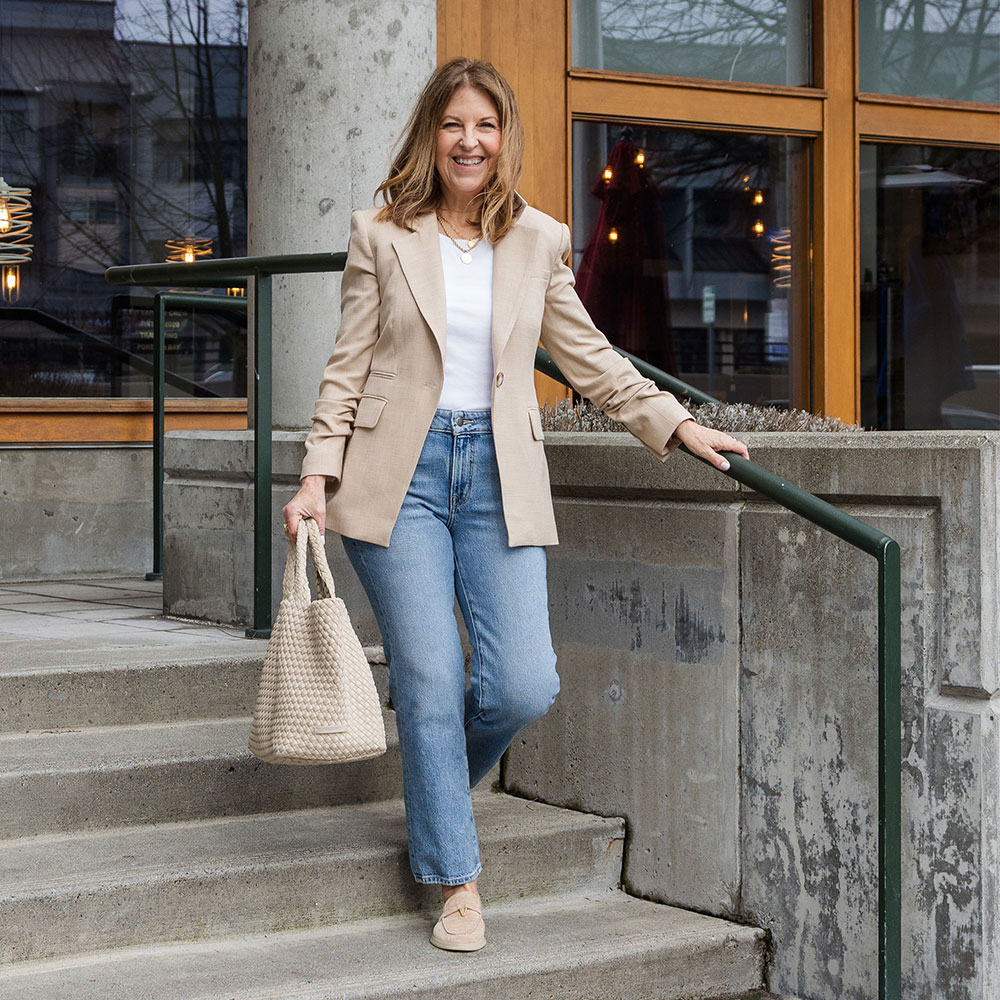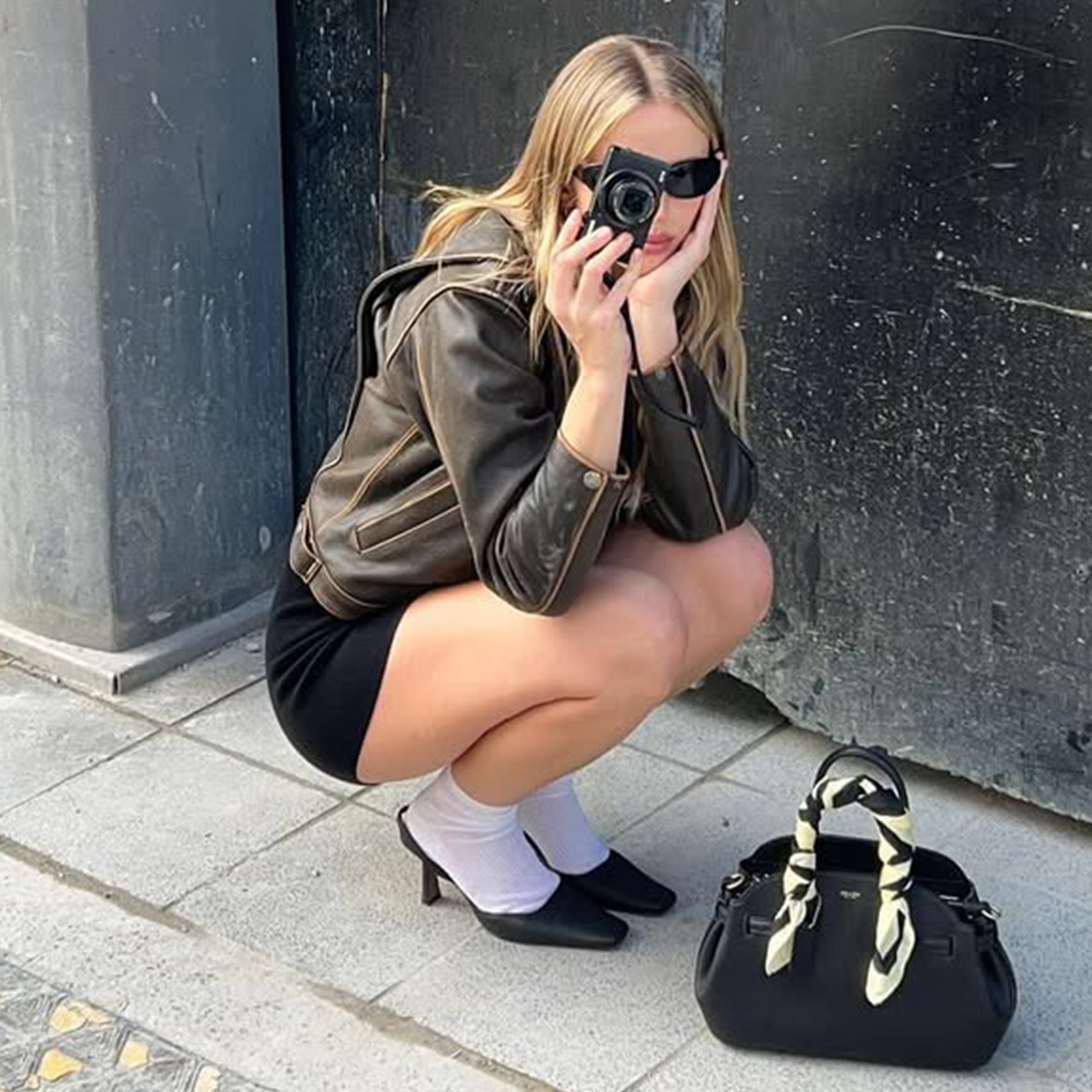Charli Howard Is the It Girl We All Needed and Wanted

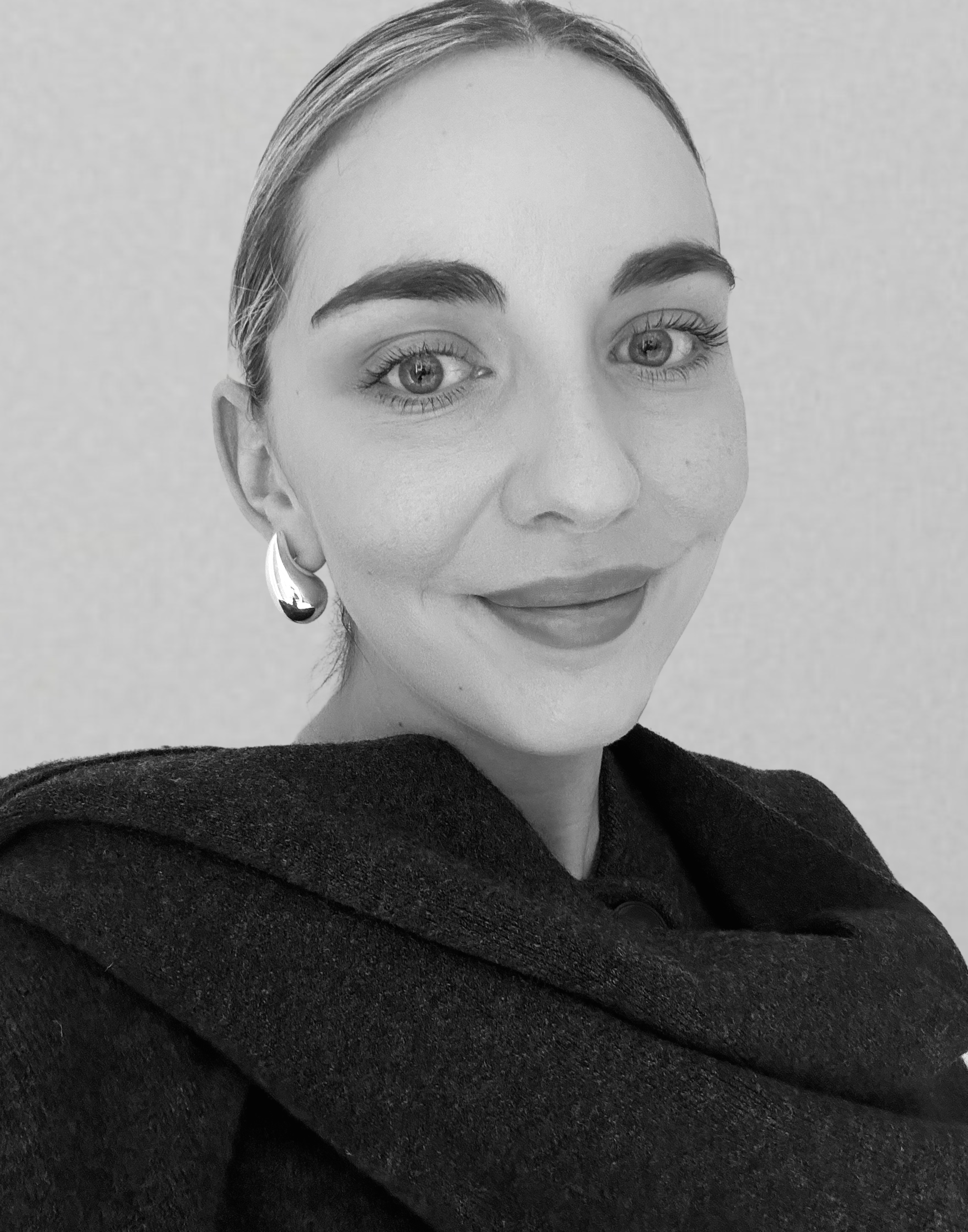
Editor’s Note: This interview mentions eating disorders. If you need help or support, please click here for helplines and an online service directory.
I remember the first time I met Charli Howard. In fact, Charli Howard remembers the first time I met Charli Howard. The fashion industry is smaller than you’d think, and being in the business for as long as we both have, it came as no surprise to either of us when we realised our paths had already crossed. It's only with hindsight, however, that we can see more clearly the impact of that day and how integral it is to Howard's story.
We "meet” for the second time via Zoom. It's an afternoon in early August and it's hot. Her career as a fashion model means that Howard is rarely in one place for long, something which I'll learn is a common theme running through the course of her life. Today, however, I know she’s dialling in from London (she'll go on to shoot Who What Wear UK’s autumn cover later that week). She flashes up on my screen all smiles and "hello”s, as warm as I recall from the first time around. Her deep brown hair is tied into a low, loosely thrown-together bun. She's wearing a white T-shirt with the words "good culture" (the name of her talent agency) emblazoned in black across the front. I can see that she’s sitting on a bed, and she tells me she's currently at her parents' house, where she’s been staying since she began a massive renovation of her first-ever home earlier in the year. It’s clear that this project is something Howard is immensely proud of, which, in and of itself, is hardly a groundbreaking observation—who wouldn’t be?—but as our conversation begins, I realise just how important this milestone is for her.
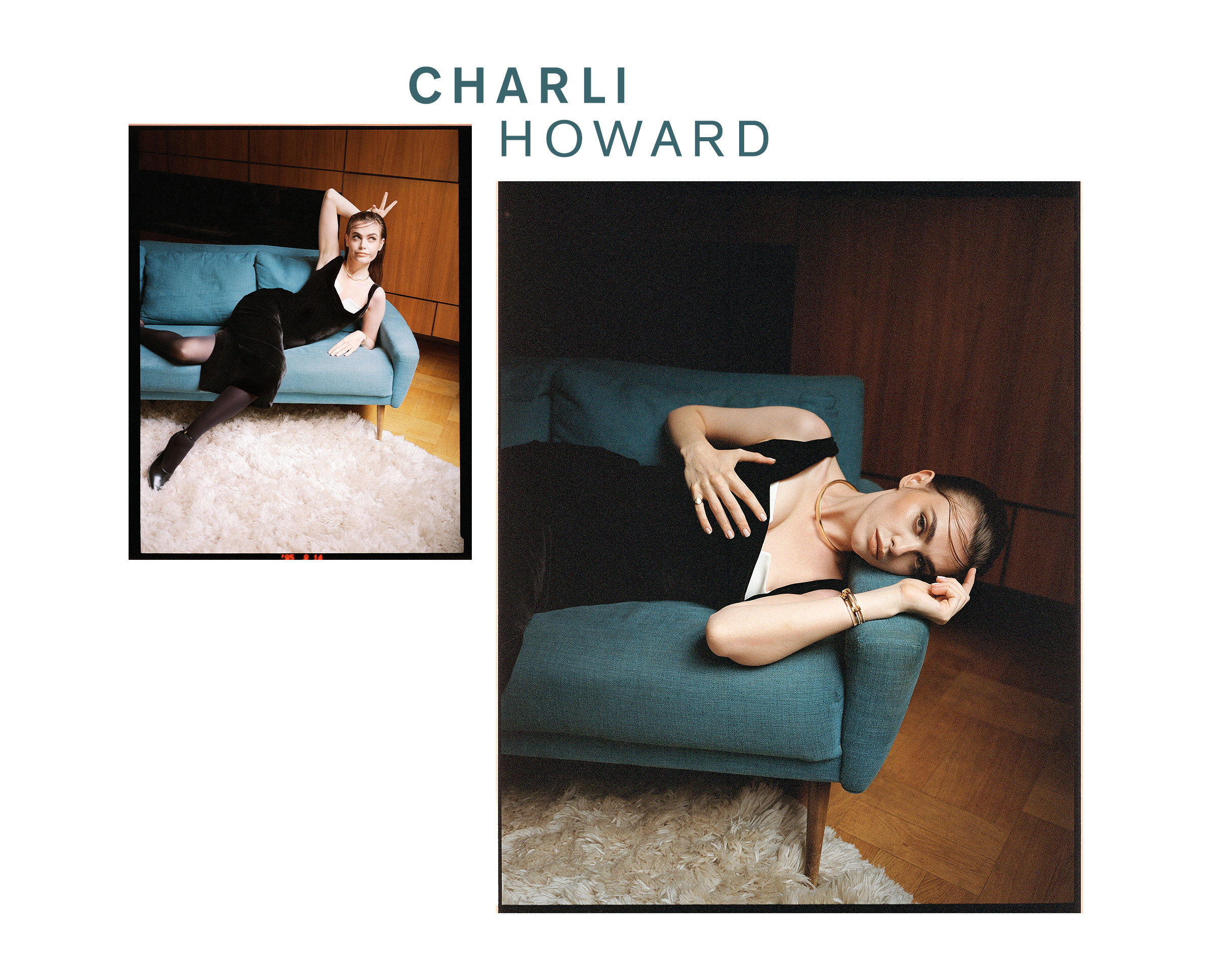
Howard's childhood was marked by a unique blend of experiences. Whilst born in London, she spent a significant part of her early years in an armed-forces family, moving not just from city to city, but country to country. "I've lost count of the amount of houses we had growing up—we moved at least every two years," she explains. This somewhat nomadic lifestyle, whilst offering a broad perspective on the world, came with its own set of challenges and an omnipresent feeling of being uprooted. "It's a feeling I’ve become so used to, that sometimes, I get a bit anxious when things are quiet," she says. Although there is a sense of appreciation that this way of living made her more worldly (she speaks German fluently), it was far from easy. "Looking back, it was really difficult. Just as [I] started making connections or friends, we'd move to the next place, and then on to the next. It was relentless. School was not a very happy time." When Howard turned 12, she began attending boarding school. "It was an attempt from my parents to make me feel more grounded, I suppose, and the idea that I would have friends until I was 18. But I genuinely never settled there, never really made proper connections. I'd been quite badly bullied before that and it really had a knock-on effect for the rest of my education. It was very difficult for me to trust people."
Charli Howard is a force, and I'm struck by her resilience. That doesn’t mean, however, that she’s not in touch with her emotions. She faces them head on and works through them. "I feel very, very independent, but sometimes a little too independent. I'm also quite a shy person. If you were to look at me on social media, you’d probably think I was very ‘out there’ and loved to party. I'm actually very quiet." Quiet doesn’t equate to low confidence, not in Howard’s case, anyway. Her formative years could have made her turn inward. Instead, they instilled a sense of fearlessness. "I definitely have more confidence to do things that other people don't have the confidence or allow themselves to do. That was something that I really noticed when I left home. I'd be like, 'Right, I'm going to move to New York now!'. To a lot of people that's very scary, and rightly so. For me, it was just exciting. I guess it's true; moving around a lot really helped when I got into modelling. You have to be super independent and be okay being thrown onto a plane and just getting on with it."
Modelling. It's the dream job, right? That's what Howard thought. "I grew up quite insecure, especially as a teenager, as many of us did. I was obsessed with magazines. At the time, it was the only way of gaining that fashion knowledge, wasn't it? We didn't have social media or the internet in the way that we do now. And I just became obsessed with [fashion]. Looking back, I saw modelling as a way out; a way of seeing the world and being glamorous. I decided that this was the path I wanted to take. I'm one of those people who, if I get an idea in my head, I have to make it happen." So, that's what she did. Howard was 15 when she first began her pursuit of a modelling career. "My dad lived in Pimlico at the time, and I remember he gave me an Oyster card and I just set out and walked around London, hoping to be scouted. I was set—hellbent on leaving school at 16." Over the next few years, Howard would get scouted. A lot. But, in her words, "I was always too big."
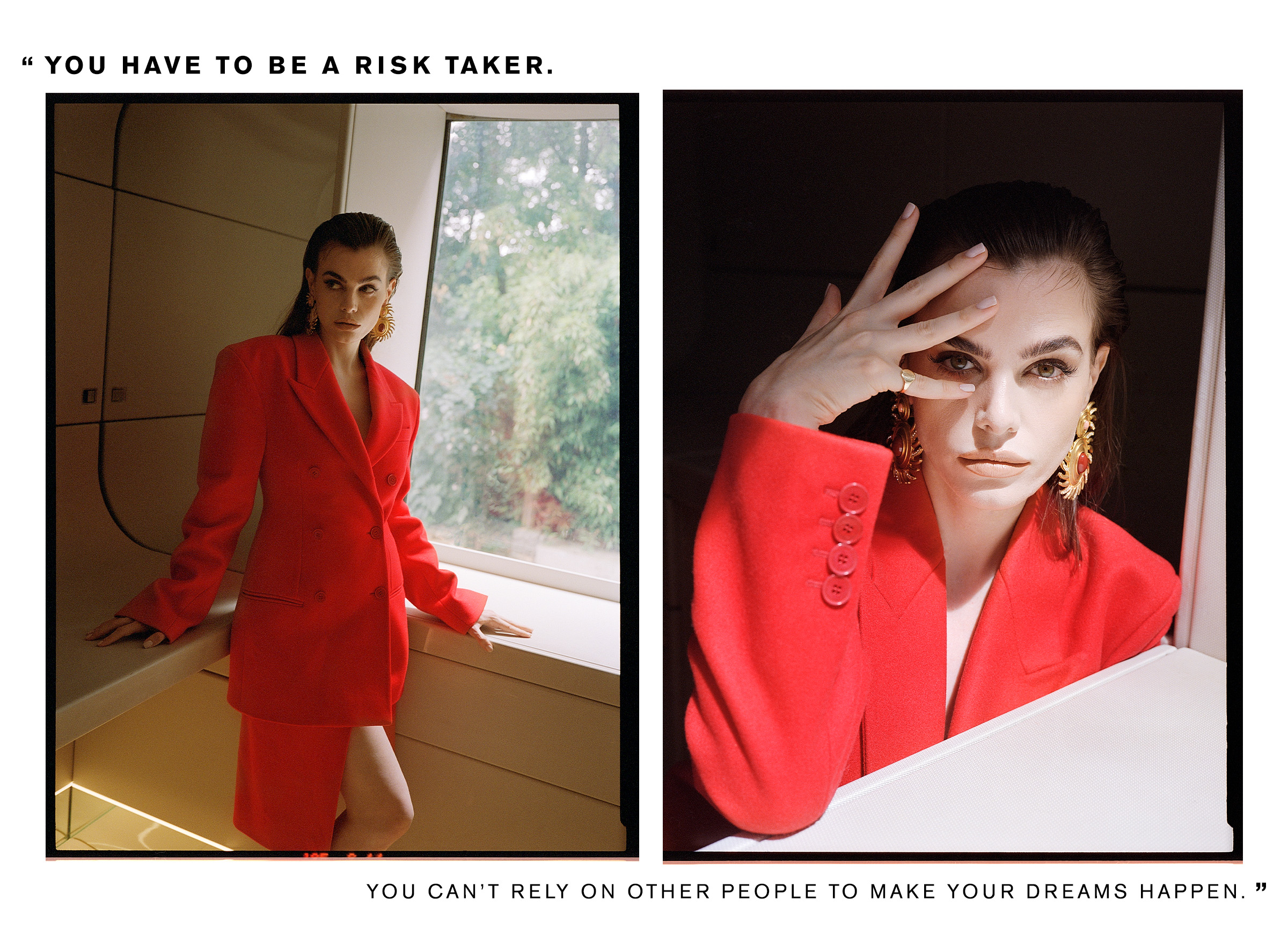
"I'd go to these agencies and they’d say, 'We love you… but we'll only sign you when you get down to this size'. And of course, the only person that can make that happen is you. I felt a huge pressure to lose weight. Size zero was the size to be at the time. I remember thinking to myself, 'If I don't get down to this size, I'm never going to be happy. I’m not going to make my dreams happen'. If you didn't fit the mould, you weren't going to be taken seriously as a model." Eventually, Howard did get signed after she and a friend embarked on a mass photo send-out to every modelling agency in the city, but the pressure only mounted. "It was weird, because [even though they'd signed me] they'd still say things like, 'You look fine as a normal girl, but for a model, you have to be thinner'."
Those who already follow Howard on social media or have read her brilliant book Misfit (more on that later) will know that she has spent the best part of career speaking openly about eating disorders and her personal battle with them, which, she says, felt inescapable at times. "As a teenager, I really struggled. I think a lot of that was boarding school, being insecure and feeling the pressure from magazines. But then you start hearing it from outside voices, as well; model agents telling you that you need to lose weight. So I felt massive, massive pressure, basically, to do it. There are a lot of people who would say, 'No one is forcing [you] to be a model', but I genuinely thought it was a stepping stone to bigger things."
It was in the early stages of Howard's career when we first met. I had recently moved to London and had landed my first fashion job at a weekly magazine, one which I'd read long before I worked for the title. Focusing primarily on high-street fashion, this magazine felt attainable and provided a safe space on the newsstand for this young and impressionable millennial. As an assistant, I'd support on all of our shoots, and during one of these shoots, we photographed Charli Howard. When I remind her of this, I can tell something clicks. "This is actually so weird," she laughs, before she begins to reflect. "I remember that—it was a gym shoot, and it was one of the best [photoshoots] in my early career. I was a UK 8 at the time, and I remember someone on the team being like, 'It’s so great that we've got a curvier model'." This sounds ridiculous—that's because it is—but compared to the "standard" model size at the time, this was a step in the right direction. "I know that, over time, [that was] one of the first magazines to really embrace the plus-size movement that was happening, so I really do remember that."
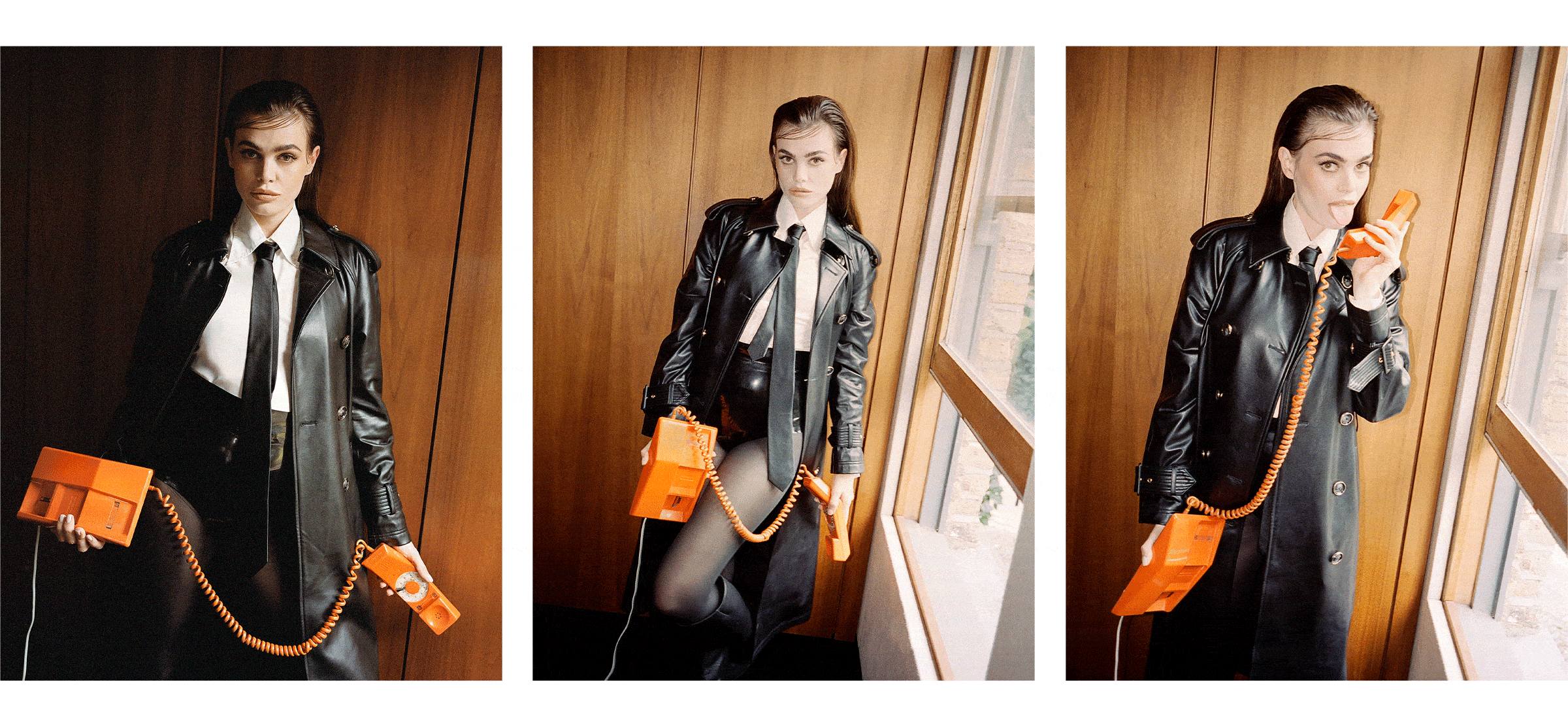
The human desire to fit in, whatever that may unfortunately mean, is natural, but for lots of people and especially women, it can feel all but impossible, as Howard elaborates. "As women, we're damned if we do, damned if we don't. If you want to use your looks to your advantage, you're criticised. If you decide to focus on your studies then it's like, ‘Why aren't you being more sexy?'. Women literally can't win. I definitely felt a lot of pressure to go to university and be seen as intelligent, too. It's just [a] really weird battle. I was trying to prove myself constantly for an industry that kept saying I was almost good enough. That’s really become a trigger. But I think now, it's wonderful, because there are a lot of great role models and social-media platforms that allow people—girls, women, to have a voice, an opinion. You're encouraged to stand for something. And I think that's wonderful, especially for young girls to see."
Howard isn’t referring to herself here, but the "role model" accolade definitely applies to her. This part of her story begins on social media, with one now-iconic Facebook post. Howard had just been dropped by her model agent, which, after years of being conditioned to believe she was fortunate to be signed in first place, must have been all the more devastating. Reeling and raw, she took to Facebook (the social-media platform of choice at the time), and candidly lifted the lid on what she'd been experiencing and how it made her feel. "I really struggled to make sense of it," she says. "[My] agency called me and they were like, ‘We appreciate how much you work out, but you're just never going to be a model’. I felt deflated by this point, because I think I'd been [modelling] for about five years, not including the five years before that when I was trying to get signed in the first place. I'd really given absolutely everything that I could." This coincided with the peak of Howard’s eating disorder, but thankfully, it was also the moment her recovery began. "I wrote a Facebook post, and it went viral. And this was at a time when things didn't really go 'viral'. This is when I realised I could use my voice for good. I wanted to prove to girls that you can have a voice and that being size zero isn't the epitome of beauty, because it's not! Later, I got a call from a New York agency and they said they wanted to meet with me over there. I'd always been told that [I was] never going to make it in New York so I was apprehensive. But then I thought, ‘I'm never going to have this opportunity again, I might as well just take it and run with it and see what happens’. Initially it was difficult, but suddenly I started getting booked for jobs and no one was telling me I had to change how I looked. That was the real turning point when I thought, ‘I'm really glad that I didn't give up’."
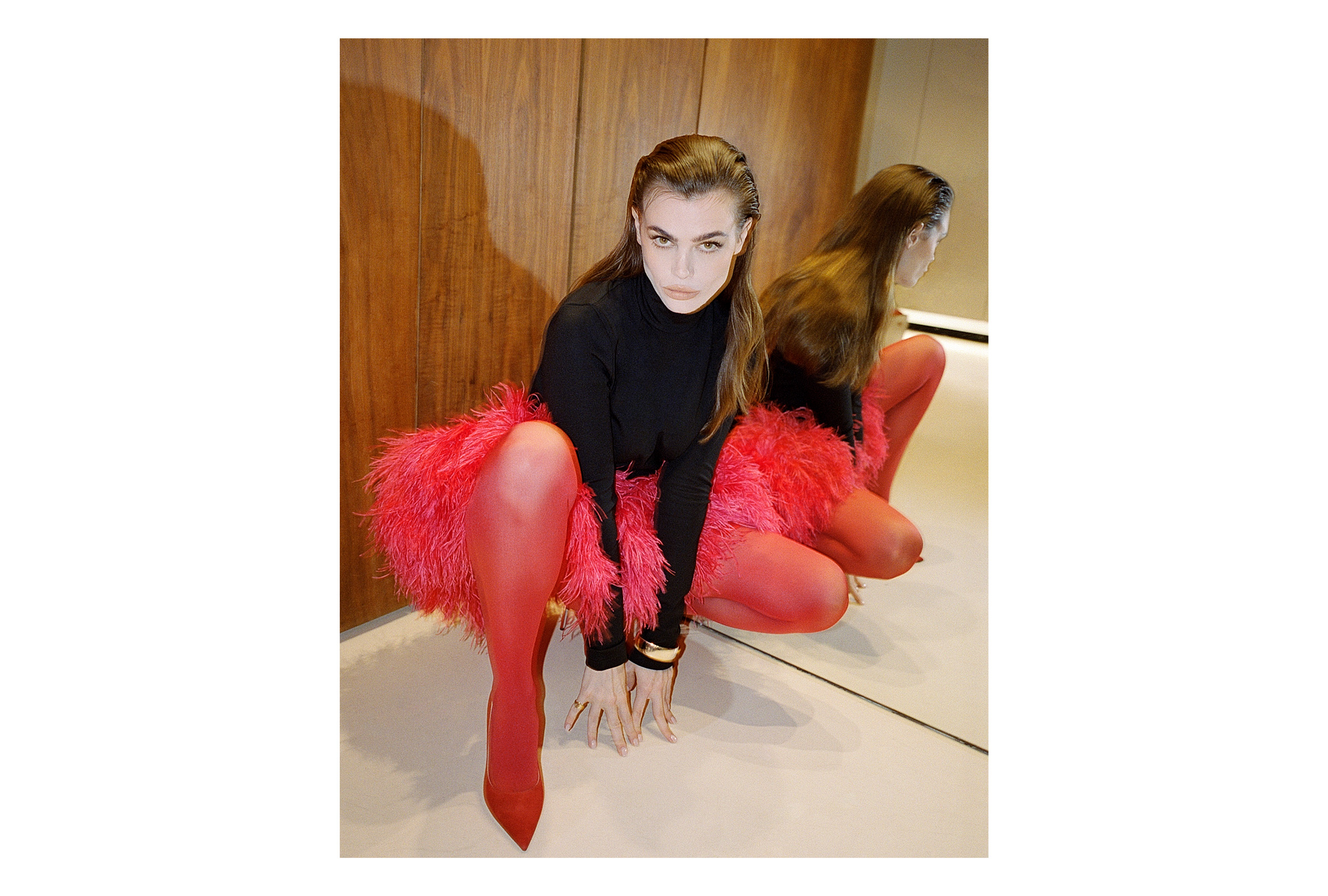
Since that Facebook post, Howard has just been vocal with her thoughts about the fashion industry; she’s been a driving force in making it more inclusive with her ongoing advocacy, and has dreams about unionising the modelling sector, for example. And whilst the industry as a whole has made huge strides towards being more body diverse, there is still so much work to be done. I asked Howard what she believes needs to happen to push the body-diversity and inclusivity movement forwards. She didn’t falter. "I think one of the reasons why we aren't seeing much diversity [right now] is because, yet again, people follow trends. The Y2K trend is now the ‘thing’, and so you see all these models from then being idolised, but Gen Z don't realise that many of these models had eating disorders. I've fought a very long time for this because beauty isn't one size or one colour. I would hate to go back to that. I think in order to change it, people of our generation; the people working at the magazines, the editors, the people who really went through that—whether it was lack of colour diversity, lack of size diversity, whatever—they really need to stand up and make sure that we don't regress. There are still people who are working in the industry who are still making decisions based on those old, toxic mindsets. We can't have that anymore. It is down to a collective of people—model agents, casting teams, magazine editors. I also think models who can should speak up about their experiences. I cannot even begin to tell you the things I've heard. It really is about coming together and using our voices, because change doesn't just happen. Whether you like to believe it or not, fashion is really influential. I'm not saying it's curing cancer, because of course it's not, but it does create a lot of jobs, generates billions of pounds a year, and it definitely influences people. We need to use that influence for good."
Given the trajectory of our conversation, I was curious to find out what advice Howard would give to someone who wants to work in the fashion industry or be a model—a career she still holds today. "Okay, fashion industry? This might sound bad to people that are paying for courses right now, but I would really highly go against going to university to study fashion degrees. I should know; I did it myself and I got absolutely nowhere. I see people spending thousands of pounds and getting into debt to study makeup. If you want to be a makeup artist, assist someone, learn on the job. If you can, intern and work your way up. A lot of these universities take advantage of people who have similar dreams to mine, and I hate it. Modelling-wise, I get asked this a lot actually—I even received a couple of messages just this morning that asked, 'How can I get into modelling?'. It's very different. Fashion is an industry that favours the privileged. That's why it's so important that if you want to get into modelling, you have a job on the side or you study, do something on the side. You cannot put all your eggs in one basket, because unfortunately, the likelihood of you becoming Bella Hadid or Kendall Jenner—again, people who come from privilege—is so, so small."
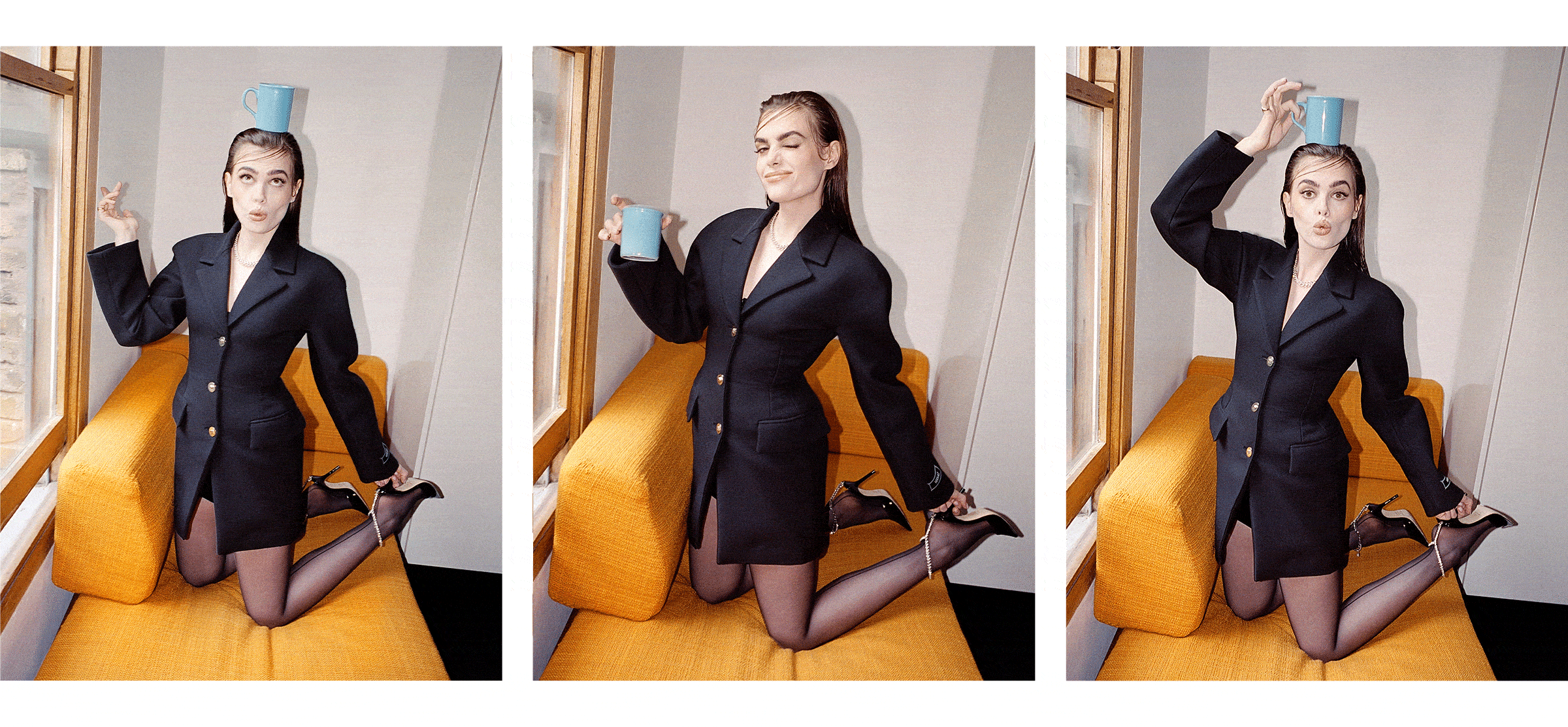
It’s this, Howard’s courage of conviction, that made her book Misfit such a compelling read. She has written two books: Splash, a piece of young-adult fiction released in 2018 that teaches children about body positivity and how some people respond to problems differently to others, and Misfit, Howard’s memoir, also released in 2018. I ask her if it was a cathartic experience, something akin to the relief she felt typing that Facebook post years earlier. "Yes, it was," she confirms. "But, I mean, it's frustrating, because now I feel like I've got even more to say. I really wish that I could do something like it again; I feel like so many things have changed since then, and it's really not even that long ago. But yes, it was massively cathartic. I love writing, I journal all the time. I'll show you my diary. It's really important to me to get all my thoughts and emotions out."
The term "multi-hyphenate" runs the risk of being overused, but it’s accurate when referring to Howard—a model, role model, activist and author. Oh, and businesswoman. She has her own beauty brand, Squish, and with all this to her name, if she wasn’t so charming, I’d feel intimidated by her. "I have lots of ambitions but I always wanted to set up a beauty line. I was getting really bored of seeing skincare brands just using models with perfect skin, perfect bodies, because those aren't the people buying the products. I’ve had really bad acne, so I know how bad [adverts] can make you feel. So I really wanted to create products that made people feel good." Our beauty editor tells me Squish’s Cheeky Cherry Eye and Cheek Masks are a must-try. "There have been big learning curves, too; we launched a moisturiser that didn't do as well. I just don't think it was for the right market. I’ve learned that when it comes to business, so much of it is learning and making mistakes, and you can't be afraid to gamble. You have to be a risk taker. You can't rely on other people to make your dreams happen."
Determined. This is an adjective I'd use to describe Howard. Hard-working is another. But Howard credits her successes to her intuition. "I'm a big believer in following your gut, listening to yourself and being open to opportunities. There’s no harm in doing a meeting. There’s nothing wrong with asking someone for lunch or reaching out for advice. That's how you're going to make things happen. I've met so many fascinating women who make stuff happen for themselves. Like, yes, you go girl!" Be it intuition, hard graft or a combination of the two, I wonder how Howard manages to keep up. "The problem I have is switching off," she says, without the slightest hint of smugness. "Sometimes I get very focused on things and then can't seem to let [them] go. I found out I have ADHD not too long ago. It's kind of a superpower, but it does mean you can burn out easily. I’m learning that I need to take time for myself, and I do love a self-care moment. I love face masks and having a nice bath. I need to realise that having an evening or a couple of days off is not going to be the end of the world." However, it’s clear that Howard still has work to do on that front, as she’s just been unveiled as the face of both Christian Louboutin and Coco de Mer—brands which many would describe as sexy, a word that continues to be divisive even today. So, what does "sexy" mean to her? "I love the word ‘sexy’. And, like we talked about earlier, women are damned if they do, damned if they don’t. If you embrace your sexuality, you're shamed for it. If you don't, then you're not sexy enough."
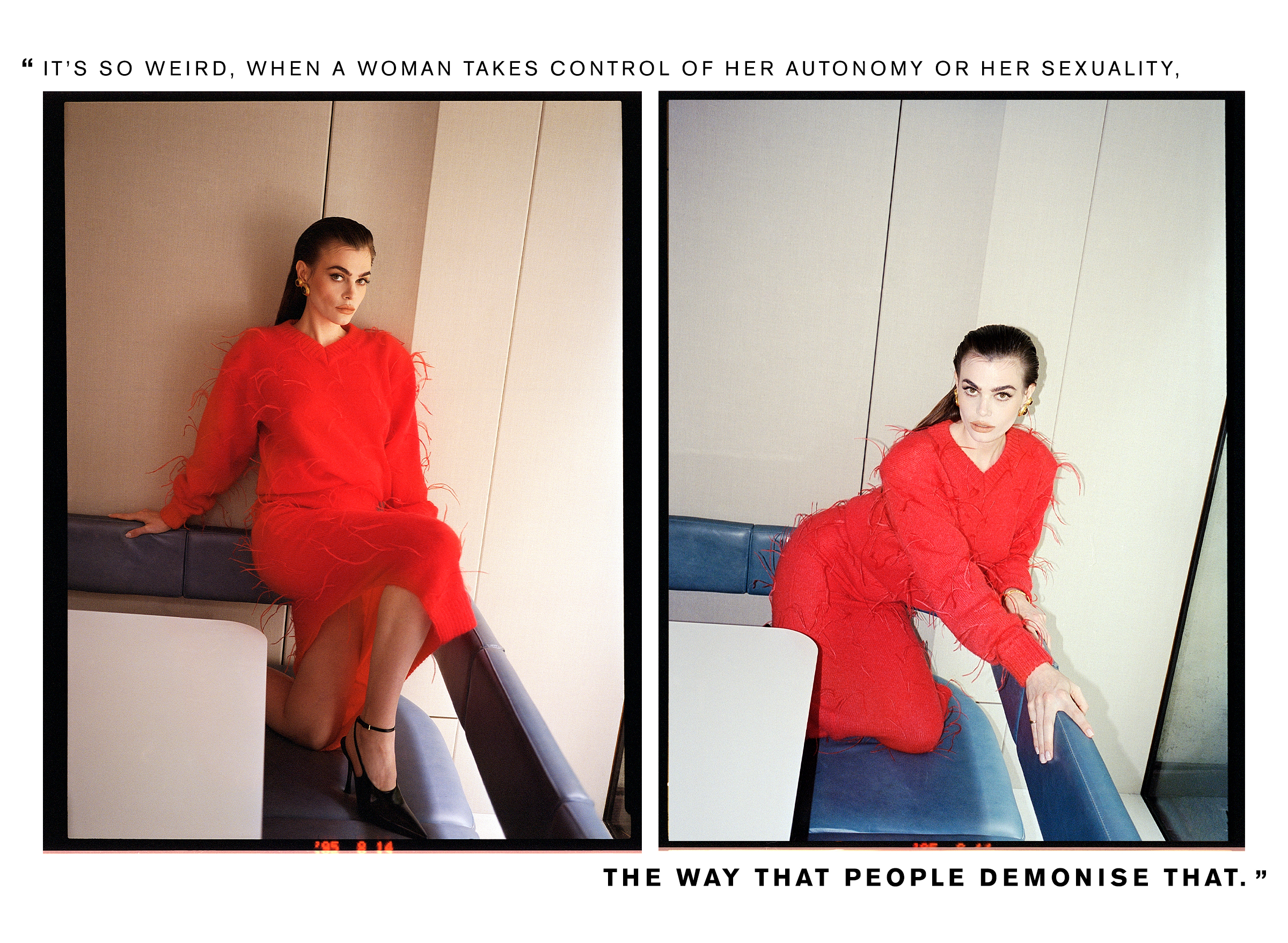
Her campaign with luxury lingerie brand Coco de Mer was photographed by none other than supermodel Helena Christensen, which Howard attests was a dream come true. "Helena is one of my favourite supermodels of all time. She is genuinely one of the nicest women ever. Coco de Mer lingerie is stunning, and it just makes you feel very empowered. What I love about [the] brand is that it's so female focused. [It's] always shot by female photographers and it's completely different to when a man shoots you. The energy [with a female photographer] feels a lot softer and more sensual, but not sexual. I'm not saying that all these [male] photographers are weird. That's not the case at all. But the male gaze versus the female gaze is such an interesting and different conversation. There's that fine line between sensuality and sexuality. I try to differentiate that in my own photos that I take [of] myself—I don't see them as sexual, I see them as being sensual and embracing my femininity. It's so weird, when a woman takes control of her autonomy or her sexuality, the way that people demonise that."
Another notion that has become contentious over the last few years is that of the "It girl”. How does Howard feel about being labelled as one? "I guess the idea of an It girl has really changed. It used to be those society party girls, didn't it?. An It girl for me now would be someone who really knows herself, stays true to who she is and doesn't follow the crowd. But also, they get shit done. It's more than just looking pretty and partying. And I really embrace that. I'd rather have It girls who stand up for something and have a voice and who are really clever and smart and beautiful. I wish I'd had role models like that growing up."
Even in the 40 minutes we've spent together, it's clear to me that Howard's story has been, and continues to be, one of empowerment. I ask her, knowing what she knows now, if she could go back and tell a young Charli anything, what would it be? "Honestly? I'd tell her to tell more people to fuck off, have her own back more and stand up for herself. I'm still trying to do that."
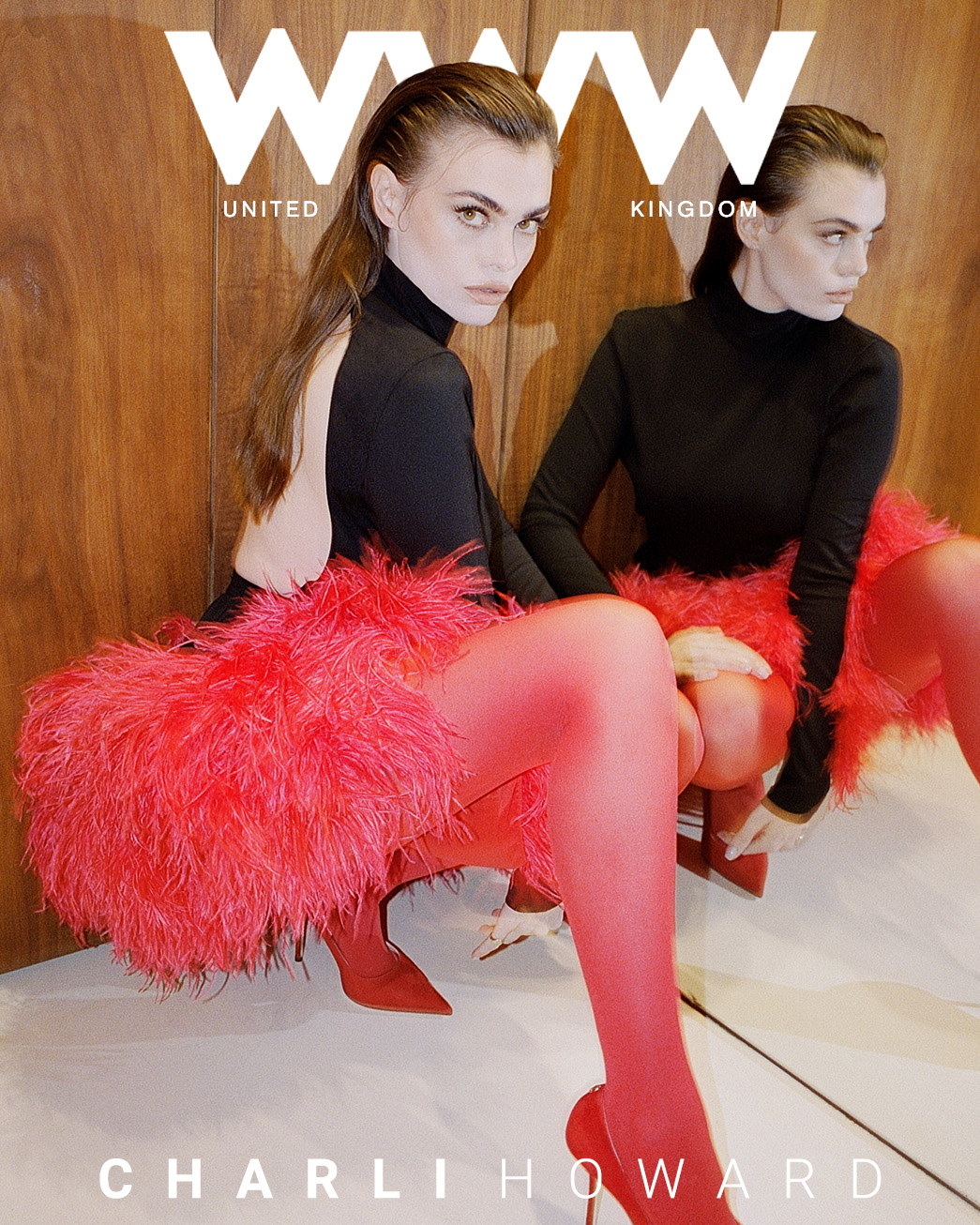
Photographer: Petra Kleis @petra_kleis
Hair Stylist: Wilson Fok @wilsonhorweifok
Makeup Artist: Mona Leanne @monaleannemakeup
Manicurist: Emily Rose Lansley @emilyroselansley
Stylist: Remy Farrell @remyfarrell
Styling Assistant: Florrie Alexander @florriealexander
Photography Assistant: Oscar Eckel @oscar.eckel
VP of Creative: Alexa Wiley @awiley_creative
Editor in Chief: Hannah Almassi @hannahalmassi
Producer: Samantha Obalim @samie_obalim
Editor: Maxine Eggenberger @maxineeggenberger
Video: Phill Taylor @philltaylormade
Video Editor: Collin Hughart @collinhughart
Executive Director, Entertainment: Jessica Baker @jbake21
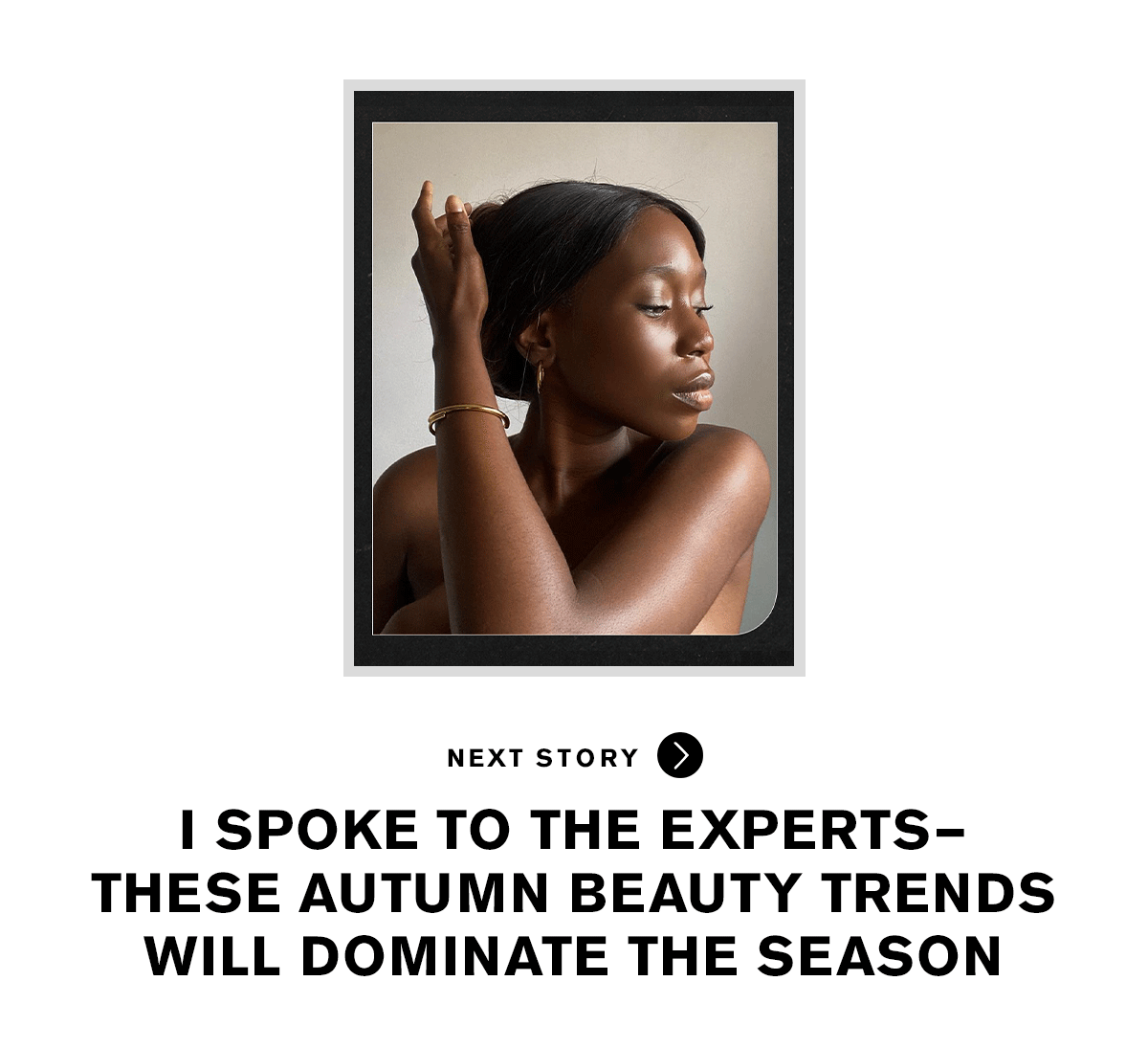

Maxine Eggenberger is Who What Wear UK’s Deputy Editor and has over fourteen years of experience in fashion journalism. She been creating engaging and authoritative content for Who What Wear UK since 2018, covering runway reports, emerging trends, long-form features, talent interviews self-styled shopping stories and columns, including her edit of the best new-in buys. She ensures the highest editorial standards are met across the site, leads the editorial team in their search and keyword planning, works closely with the fashion and beauty team on strategy and continues to pen many of her own articles. Prior to Who What Wear UK, Maxine's contributed to publications including Grazia, InStyle Marie Claire, Elle and Look, amongst others.
